Key Takeaways
-
Eight Legs for Survival: Spiders have eight legs that aid in balance, mobility, hunting, climbing, and web-building.
-
Complex Anatomy: Each leg is made up of seven segments and claws, each contributing to movement and sensory functions.
-
Hydraulic Movement: Spiders extend their legs using internal hydraulic pressure, enabling fast and precise movements.
-
Multifunctional Legs: Spider legs support walking, prey capture, web spinning, and environmental sensing.
-
Species-Specific Adaptations: Jumping spiders leap, tarantulas climb, crab spiders move sideways, and orb-weavers build webs with specialized leg use.
-
Sensory Capabilities: Spiders detect vibrations, textures, and even “taste” through sensory hairs on their legs.
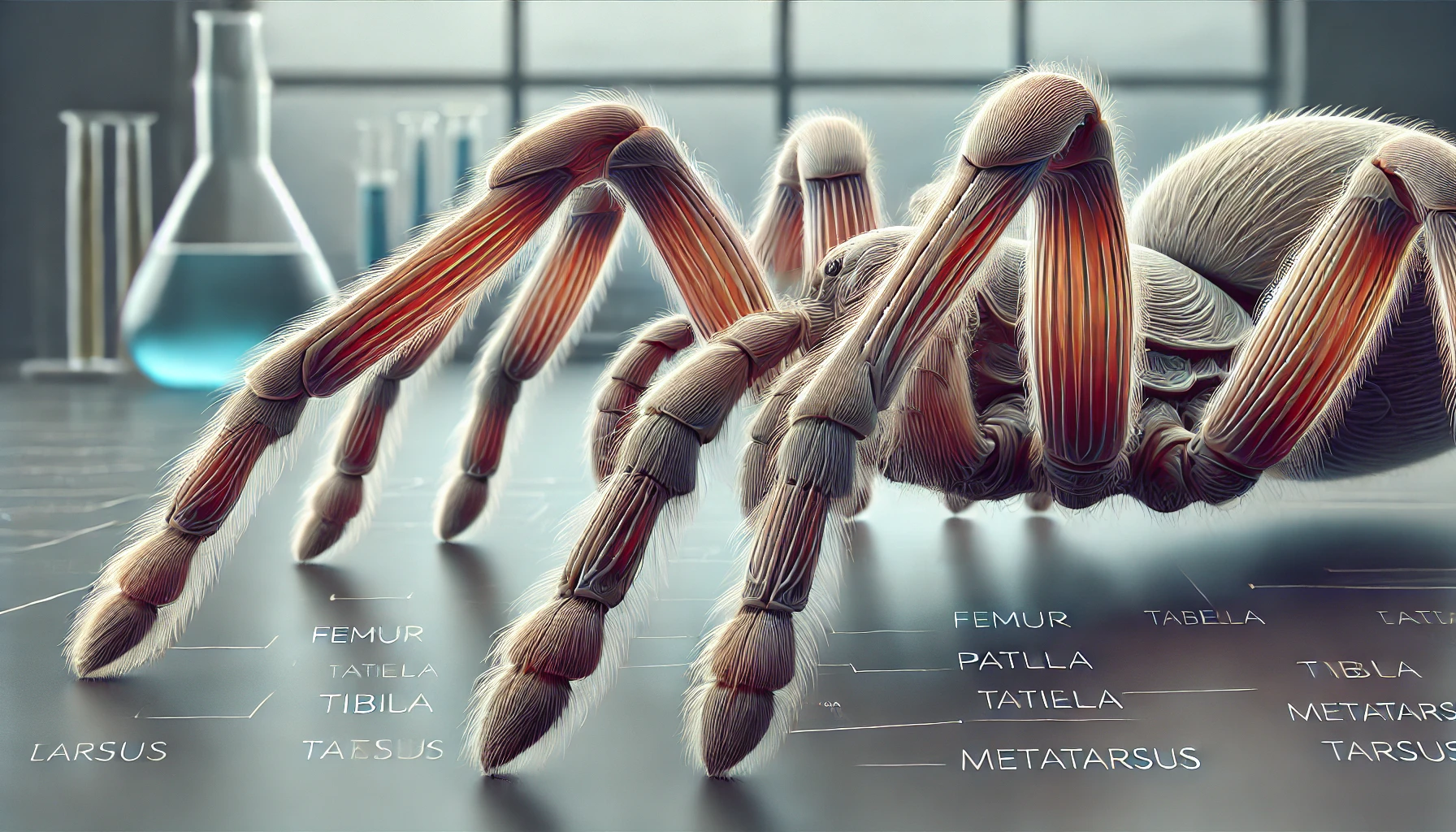 Did you know that spiders can “taste” their surroundings using their legs? Unlike most creatures, spider legs have sensory hairs that detect vibrations, chemicals, and even the texture of surfaces. Their legs are vital for movement, hunting, and survival. But how many legs do spiders have, and what makes them so special?
In this article, we’ll explore everything you need to know about spider legs, from their structure and function to how they enable spiders to climb, jump, and sense their environment.
If you’re noticing more spiders around your home than usual, it might signal an infestation. Our expert spider control services can effectively manage these pests, keeping your home comfortable and spider-free. For this, you can also Book our Free Pest Inspection Visit to ensure that you home remains pest free.
Did you know that spiders can “taste” their surroundings using their legs? Unlike most creatures, spider legs have sensory hairs that detect vibrations, chemicals, and even the texture of surfaces. Their legs are vital for movement, hunting, and survival. But how many legs do spiders have, and what makes them so special?
In this article, we’ll explore everything you need to know about spider legs, from their structure and function to how they enable spiders to climb, jump, and sense their environment.
If you’re noticing more spiders around your home than usual, it might signal an infestation. Our expert spider control services can effectively manage these pests, keeping your home comfortable and spider-free. For this, you can also Book our Free Pest Inspection Visit to ensure that you home remains pest free.
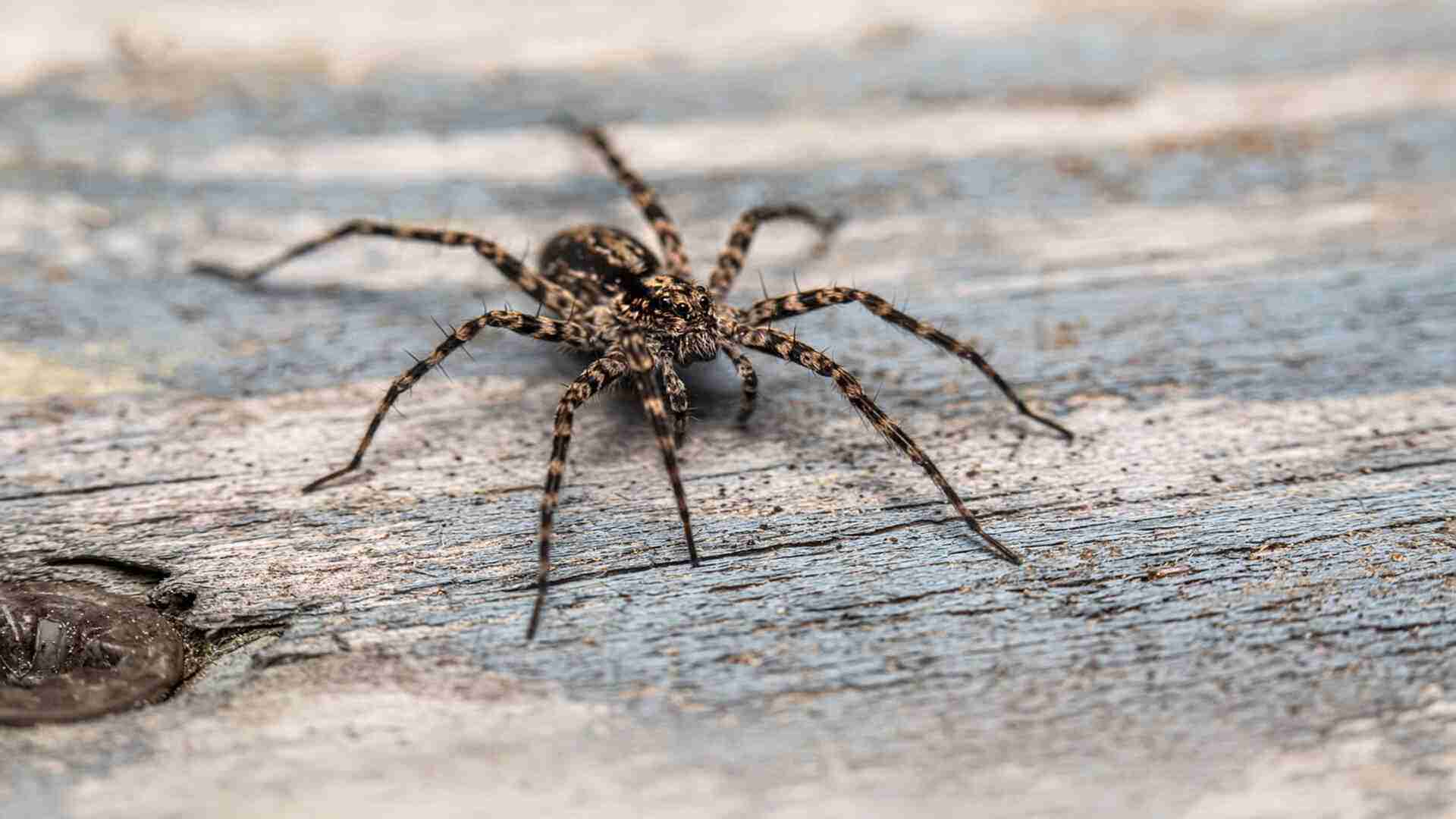

Not getting a solution?
Get your free pest control estimate today!How Many Legs Do Spiders Have?
Spiders have eight legs, a characteristic that sets them apart from insects. Each of these legs is made up of multiple joints, enabling remarkable flexibility, precision, and control. This unique design allows spiders to climb vertical surfaces, build complex webs, and pounce on prey with lightning-fast speed. Spider’s eight-legged movement is not just about speed. It’s a carefully synced system that supports balance, stability, and stealth, making spiders highly efficient hunters in their natural habitats.
Why Do Spiders Have Eight Legs?
Spiders have eight legs due to evolutionary adaptations that provide them with unique survival advantages. Unlike insects, which have six legs, spiders’ eight-legged structure offers enhanced mobility, hunting efficiency, and superior balance. These features are essential for their role as predators and for navigating complex environments like webs, walls, and ceilings.- Improved Mobility – Eight legs offer better stability and balance, enabling spiders to move smoothly in any direction.
- Efficient Hunting – Multiple legs allow spiders to trap and subdue prey from multiple angles, making them highly effective predators.
- Better Balance – With eight points of contact, spiders can easily climb vertical, smooth, or slippery surfaces like glass or walls.

Anatomy of Spider Legs
A spider’s leg is a marvel of nature, made up of multiple segments that work together to provide agility, precision, and grip. Each part has a distinct function, contributing to the spider’s ability to climb, hunt, and sense its environment. Here’s a closer look at the structure of a spider’s leg: Coxa The coxa is the base of a spider’s leg, functioning like a hip joint. It connects the leg to the spider’s body, allowing the entire leg to move freely. This critical attachment point acts as the foundation for all leg movements, providing support and mobility. Trochanter Located between the coxa and the femur, the trochanter acts as a hinge that allows limited rotation of the leg. This small, flexible segment works as a pivot point, enabling smooth transitions in movement and helping the spider adjust its leg position as it climbs or walks.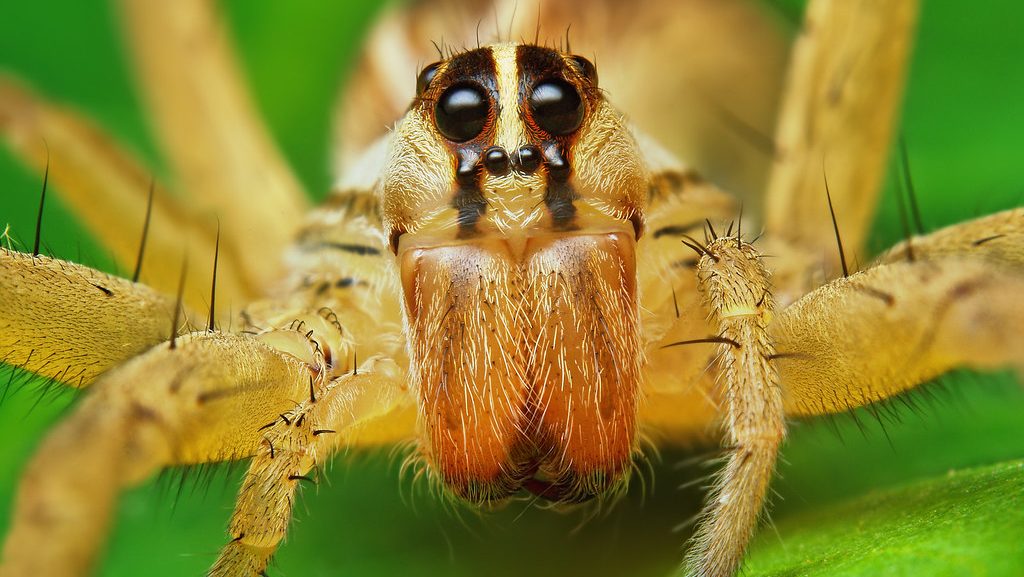 Femur
It is the largest and strongest part of the spider’s leg, much like a human thigh. It provides the power needed for climbing, jumping, and rapid movement. Its size and strength are crucial for the spider’s agility, speed, and ability to react quickly to prey or danger.
Patella
The patella serves as the spider’s version of a knee joint, connecting the femur to the tibia. This joint allows controlled bending and flexibility, supporting precise leg movement. Similar to a shock absorber, it enables spiders to navigate uneven surfaces with precision and agility.
Tibia
The tibia, similar to a shin bone, lies below the patella. It provides leverage and support for movement, climbing, and capturing prey. This part of the leg enhances the spider’s ability to grip vertical surfaces, making it essential for navigating walls and ceilings.
Metatarsus
Situated between the tibia and the tarsus, the metatarsus is not present in all spider species. When it is present, it increases the spider’s flexibility and range of motion. It helps in smoother and more adaptive leg movements on complex or irregular surfaces.
Tarsus
The tarsus acts as the “foot” of the spider’s leg. It is covered with sensory hairs that detect vibrations, textures, and environmental changes. This sensory feedback enables spiders to climb vertical walls and ceilings, enhancing their awareness of nearby prey or predators.
Femur
It is the largest and strongest part of the spider’s leg, much like a human thigh. It provides the power needed for climbing, jumping, and rapid movement. Its size and strength are crucial for the spider’s agility, speed, and ability to react quickly to prey or danger.
Patella
The patella serves as the spider’s version of a knee joint, connecting the femur to the tibia. This joint allows controlled bending and flexibility, supporting precise leg movement. Similar to a shock absorber, it enables spiders to navigate uneven surfaces with precision and agility.
Tibia
The tibia, similar to a shin bone, lies below the patella. It provides leverage and support for movement, climbing, and capturing prey. This part of the leg enhances the spider’s ability to grip vertical surfaces, making it essential for navigating walls and ceilings.
Metatarsus
Situated between the tibia and the tarsus, the metatarsus is not present in all spider species. When it is present, it increases the spider’s flexibility and range of motion. It helps in smoother and more adaptive leg movements on complex or irregular surfaces.
Tarsus
The tarsus acts as the “foot” of the spider’s leg. It is covered with sensory hairs that detect vibrations, textures, and environmental changes. This sensory feedback enables spiders to climb vertical walls and ceilings, enhancing their awareness of nearby prey or predators.
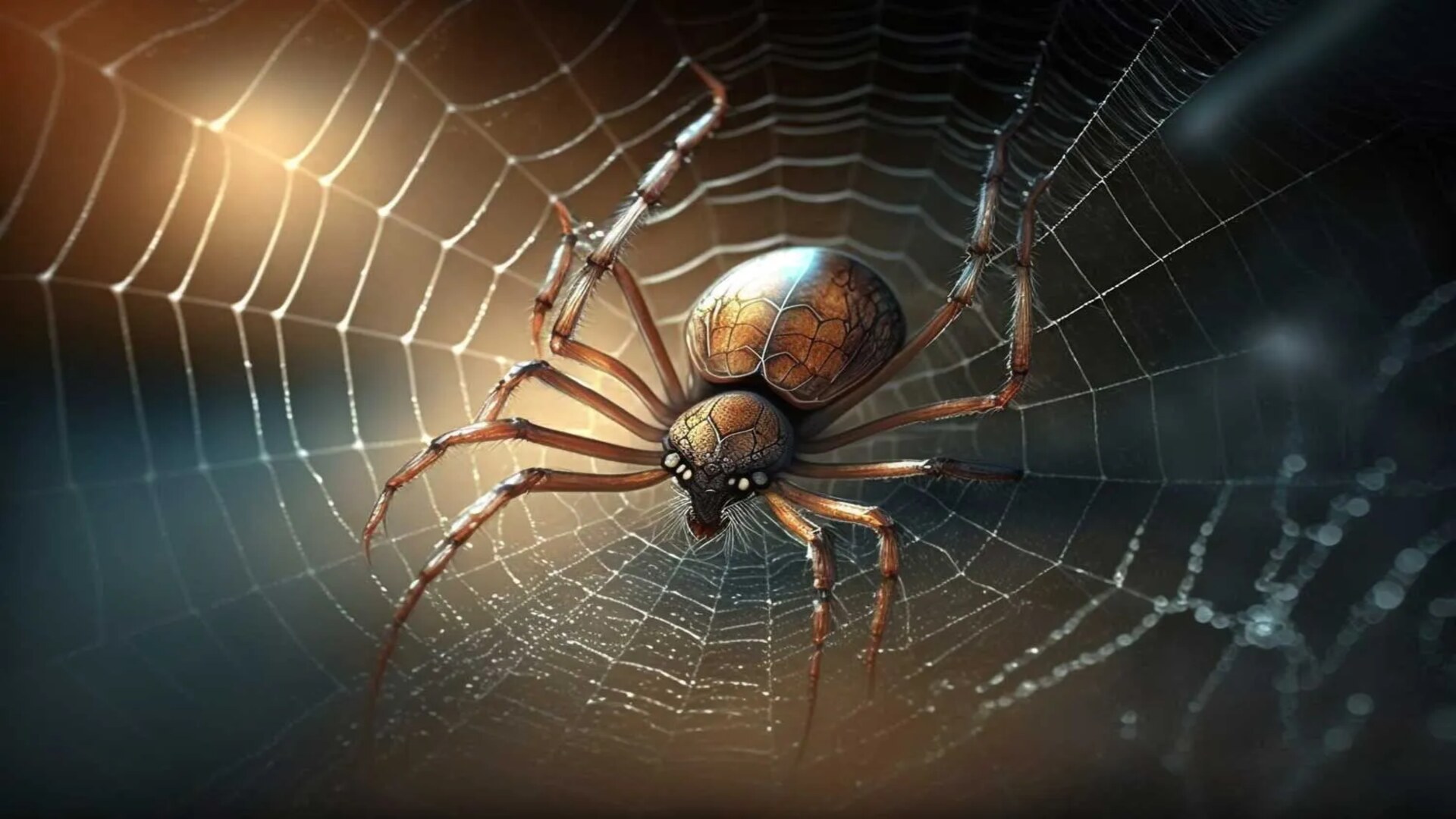 Claws
At the tip of each leg, spiders have small, sharp claws. These claws help them grip surfaces, hold prey, and weave intricate webs. Depending on the species, spiders may have two or three claws per leg, giving them the ability to cling to smooth, vertical surfaces like glass.
Visit our Spider Control and DIY Guide sections for additional resources on spiders and ways to tackle a spider infestation.
Claws
At the tip of each leg, spiders have small, sharp claws. These claws help them grip surfaces, hold prey, and weave intricate webs. Depending on the species, spiders may have two or three claws per leg, giving them the ability to cling to smooth, vertical surfaces like glass.
Visit our Spider Control and DIY Guide sections for additional resources on spiders and ways to tackle a spider infestation.
How Do Spider Legs Work?
Spiders have a unique way of moving their legs, relying on hydraulic pressure instead of muscles alone. Unlike human limbs, which are powered by flexing muscles, spider legs extend using hydraulic pressure. The spider pumps fluid (hemolymph) into its legs, causing them to straighten. When the pressure is released, the legs bend back. This system allows spiders to move their legs with precision and speed, making it easier to capture prey or escape predators. The hydraulic movement also enables spiders to climb on vertical surfaces, like walls and ceilings, without slipping.What are the Functions of Spider Legs?
Spider legs are more than just tools for movement — they play a crucial role in hunting, climbing, web-building, and sensing their surroundings. Each leg is equipped with specialized features like sensory hairs and sharp claws, enabling spiders to adapt to different environments and prey on unsuspecting insects. Below are the key functions of spider legs and how they help spiders survive. Movement and Locomotion
Spiders move using tripod locomotion, keeping three legs on the ground while the others move, ensuring stability. Jumping spiders use powerful hind legs to leap several times their body length, enabling surprise attacks on prey. Their tarsal claws and hairs allow them to grip and climb vertical surfaces like glass and walls.
Hunting and Prey Capture
Spider legs are vital for hunting, detecting prey through vibrations sensed by leg hairs. Web-building spiders use their legs to detect trapped prey, while hunting spiders like wolf spiders chase and grab prey directly. Their strong legs provide the speed and control needed to subdue prey efficiently.
Web-Building and Silk Spinning
While silk is produced by spinnerets, spider legs control web construction. Legs guide silk threads with precision and use sensory organs to detect thread tension, ensuring a strong, functional web. This precise coordination allows spiders to create intricate webs that effectively trap prey.
Sensory Functions
Spider legs function as sensory tools, detecting vibrations, air currents, and surface textures. Specialized hairs sense movements from trapped prey or approaching predators, alerting spiders to potential threats or food sources. This sensory awareness allows spiders to react quickly to changes in their surroundings.
Movement and Locomotion
Spiders move using tripod locomotion, keeping three legs on the ground while the others move, ensuring stability. Jumping spiders use powerful hind legs to leap several times their body length, enabling surprise attacks on prey. Their tarsal claws and hairs allow them to grip and climb vertical surfaces like glass and walls.
Hunting and Prey Capture
Spider legs are vital for hunting, detecting prey through vibrations sensed by leg hairs. Web-building spiders use their legs to detect trapped prey, while hunting spiders like wolf spiders chase and grab prey directly. Their strong legs provide the speed and control needed to subdue prey efficiently.
Web-Building and Silk Spinning
While silk is produced by spinnerets, spider legs control web construction. Legs guide silk threads with precision and use sensory organs to detect thread tension, ensuring a strong, functional web. This precise coordination allows spiders to create intricate webs that effectively trap prey.
Sensory Functions
Spider legs function as sensory tools, detecting vibrations, air currents, and surface textures. Specialized hairs sense movements from trapped prey or approaching predators, alerting spiders to potential threats or food sources. This sensory awareness allows spiders to react quickly to changes in their surroundings.
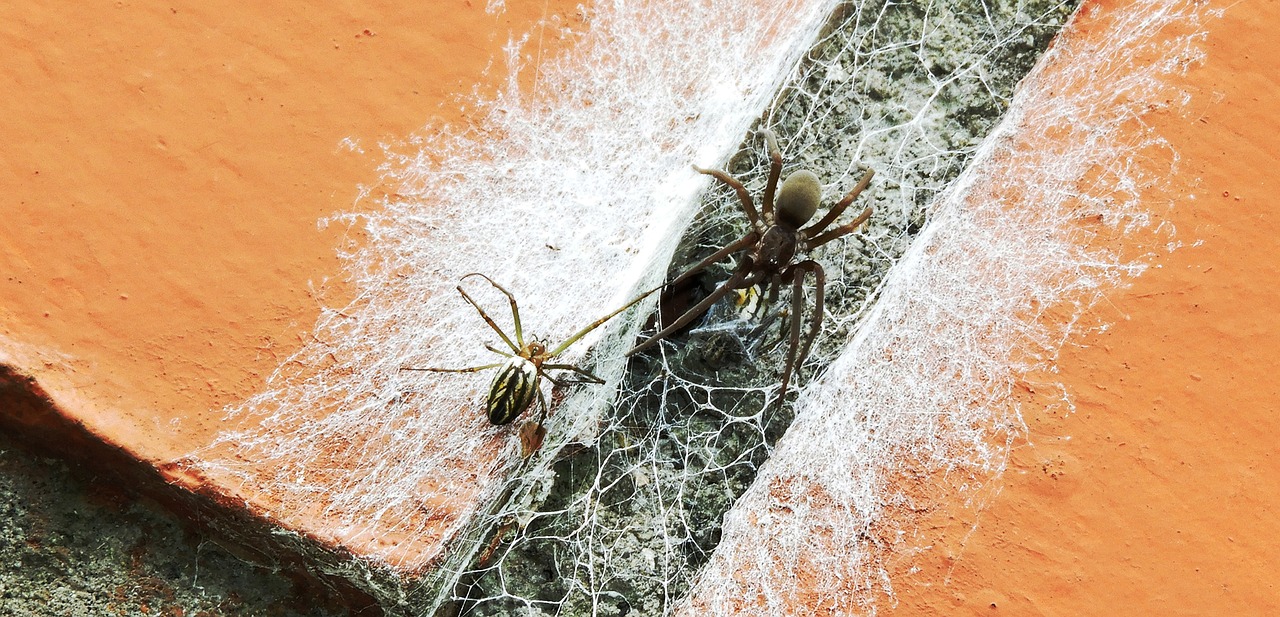
How Do Different Spider Species Use Their Legs?
-
Jumping Spiders: Short, powerful back legs that give them the ability to leap several times their body length.
-
Tarantulas: Large, thick legs with significant muscle mass, allowing them to climb trees, burrow, and overpower larger prey.
-
Crab Spiders: These spiders have legs that extend to the sides, much like crabs. This leg orientation helps them walk sideways and ambush prey.
-
Orb-Weaving Spiders: Their long, thin legs are ideal for weaving intricate webs, while their tarsal claws help them hold onto silk threads.
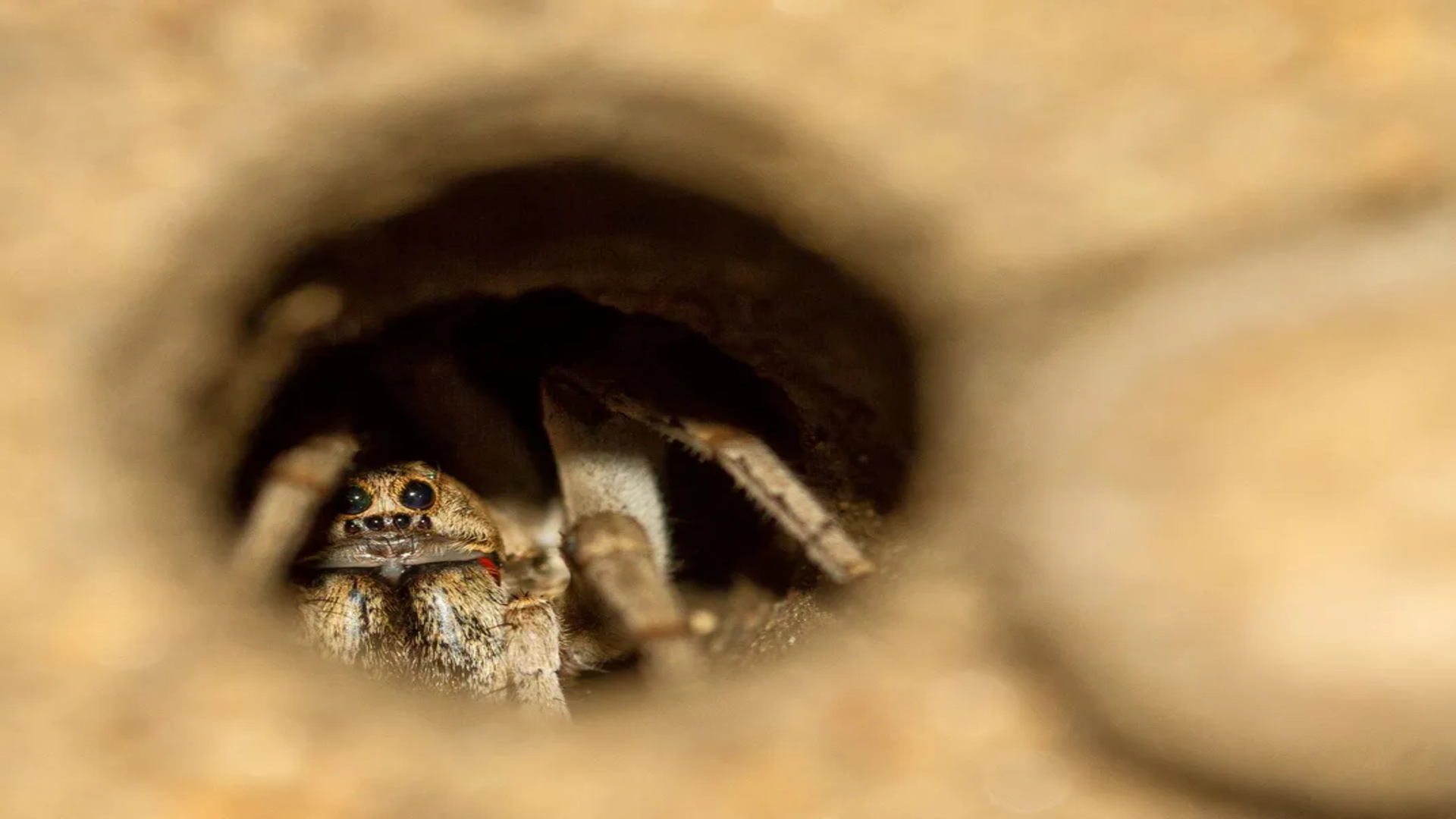
Myths and Facts About Spider Legs
Spider legs are one of the most fascinating features of these arachnids, but several misconceptions surround them. Here are some common myths and the actual facts about spider legs:| Myth | Fact |
|---|---|
| Spiders can regrow lost legs to full functionality. | Spiders can regenerate lost legs, but the new legs may be shorter or less functional. |
| Spiders use their legs solely for walking. | Spider legs are multifunctional, aiding in walking, hunting, web-building, and sensing their surroundings. |
| All spiders have the same type of legs. | Spider leg structure varies across species, with differences in size, shape, and adaptations for specific habitats. |
| Spiders have more than eight legs. | All spiders have exactly eight legs, unlike insects, which have six legs. |
| Spider legs are not crucial for their survival. | Spider legs are vital for movement, prey capture, web construction, and sensory perception. |





